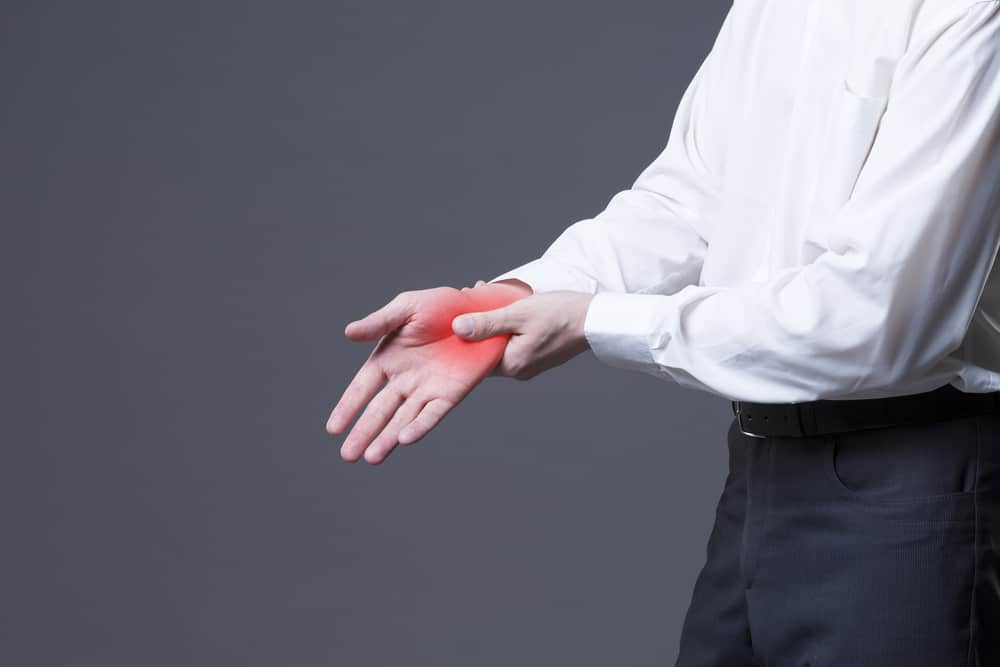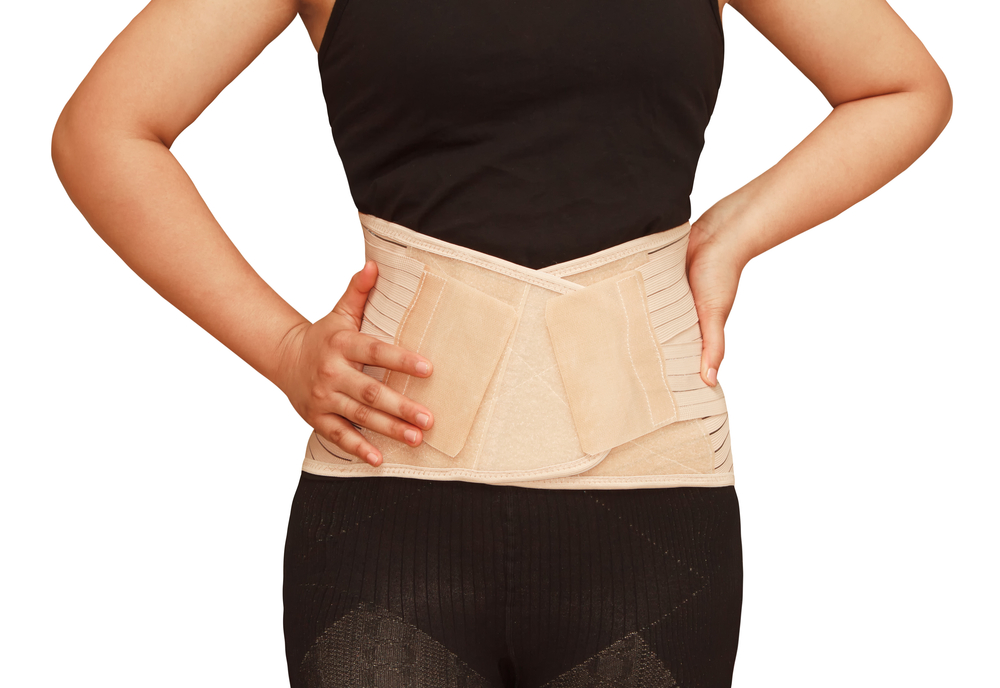Contents:
- Medical Video: Carpal Tunnel Syndrome | Nucleus Health
- Treat sore wrists at home
- 1. Wrist splinting
- 2. Corticosteroids
- 3. Pain medication
- The choice of treatment for carpal tunnel syndrome with surgical procedures
- 1. Endoscopic surgery
- 2. Open operation
- Discuss with your doctor first, which procedure is right for you
Medical Video: Carpal Tunnel Syndrome | Nucleus Health
Office workers and factory workers are one of the groups of people who are prone to complain of painful wristscarpal tunnel syndrome (CTS). Because, every day you have to type on a laptop, computer, or in other electronic devices such as mobile phones. Factory workers may also have to operate heavy or vibrating equipment.Not to mention the addition of hands that also have to be hung on public transportation every round of the office.
Apart from wrist pain, the symptoms of CTS can also include aches and often tingling to a sensation of numbness which usually radiates to the fingers. Carpal tunnel syndrome can improve on its own without treatment. But this does not mean you are not trying to treat it, you know! If the symptoms are allowed to continue to worsen, this syndrome can eventually cause damage to the nerves of the hand.
Quiet. There are several treatments for carpal tunnel syndrome available there, from home use to the choice of surgical procedures at the doctor.
Treat sore wrists at home
In addition to office workers and factory workers, pregnant women are also susceptible to carpal tunnel syndrome. Some people with certain medical conditions, such as diabetes, rheumatism and obesity, are also equally at risk of experiencing typical CTS wrist pain.
Here are some home ways to deal with pain symptoms of carpal tunnel syndrome:
1. Wrist splinting
Sometimes simple lifestyle changes can help with symptoms. For example, using wrist pads when typing.
But if it's inflamed, maybe you need to wrap your hand. Wrist wrapping aims to support the wrist and prevent it from bending. The wrist that is left to bend will reduce the nerves that are in trouble, so it can aggravate the symptoms of CTS.
The best time to wrap your wrists is at night, but it can also be during the day (although this might hamper your activities). Pbetween four weeks to see if there are any improvement in symptoms.
2. Corticosteroids
Corticosteroid drugs usually used to treat complaints such as aches and autoimmune diseases such as rheumatoid arthritis. This drug worksreduce inflammation in the body. Costicosteroids can be used if wrist wrinkles are not effective in reducing the symptoms of CTS.
Corticosteroids can be taken in tablet form or through injections given directly to the wrist. However, corticosteroids are not over-the-counter drugs. The use of corticosteroids must be in accordance with the doctor's instructions, both the dose, how many times to drink in a day, and the duration of use.
If your doctor recommends you get corticosteroid injections, it usually starts with a one-time injection. The number of injections can be increased when the symptoms often recur or get worse.
3. Pain medication
The ibuprofen pain medication can relieve complaints of pain in your wrist in the short term by reducing inflammation. Ibuprofen is also effective in treating the symptoms of rheumatism, osteoarthritis, juvenile arthritis, swelling due to sprains or sprains on the hands that might trigger symptoms of wrist pain due to CTS.
The choice of treatment for carpal tunnel syndrome with surgical procedures
The surgical procedure is performed when other non-surgical treatments fail to cure the symptoms of carpal tunnel syndrome. This operation can be done with an outpatient system so that patients do not need to stay in the hospital.
CTS operations can be done with two different techniques, including:
1. Endoscopic surgery
Endoscopic surgery is a CTS surgical procedure that uses a long tube with light on one end and a camera lens on the other end. This tube is inserted through a small incision in the wrist or palm, so that the surgeon can easily see the carpal ligament through the monitor during the operation. This procedure gives less pain than open surgery.
2. Open operation
An open surgery procedure begins with administration of a local anesthetic to the patient's wrist or wrist. This operation is done by cutting the carpal veins to reduce the pressure on the median nerve on the wrist. The median nerve itself is the nerve that controls the sense of taste and movement of the wrist and hand affected by CTS.
Recovery time for open surgery is usually a little longer than the recovery time of endoscopic surgery. However, both of these methods have proven to be equally effective in treating carpal tunnel syndrome.
Discuss with your doctor first, which procedure is right for you
Before choosing a surgical procedure that is suitable for your CTS condition, there are a number of things that need to be considered, including:
- How successful non-surgical treatment has been done before
- Possible postoperative complications that occur during recovery, including wound infection, scar tissue formation, postoperative bleeding, nerve injury, wrist pain, even the possibility of CTS symptoms returning
To maximize postoperative healing, you are advised to maintain the condition of the wrist using a bandage and arm support or arm sling. So that your fingers and hands don't get swollen or feel stiff, your hands should stay raised for two days.
Perform light exercise on the movements of your fingers, shoulders and elbows slowly to prevent stiffness. Also, avoid various activities that involve the strength of your hands in an excessive manner so as not to cause pain.












